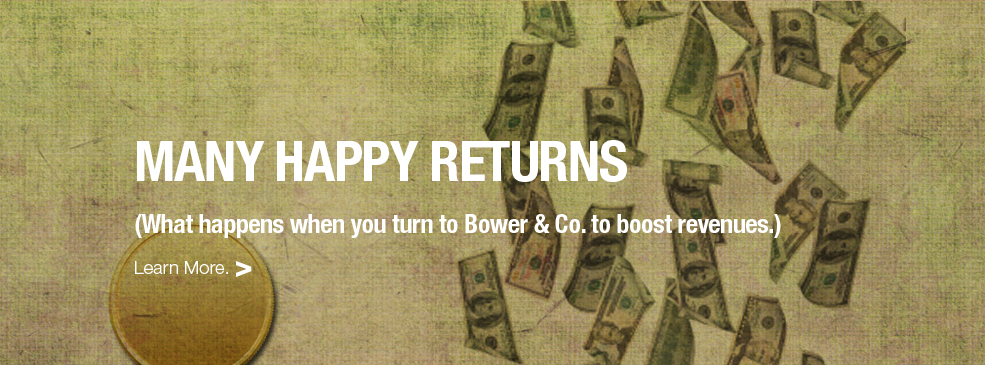What are you willing to risk for your big vision?
Since the turn of the 20th century, about half of Selma, Alabama’s population were Black; however, only 1.7 percent were registered to vote.
Why? Because they faced numerous obstructions, such as literacy tests, economic retaliation, violence, and police repression, including from Selma’s Sheriff Jim Clark.
“I want to start out by commending you, the Negro citizens of Selma,” Dr. King said, a clip of which is in the film All In: The Fight for Democracy, “for standing up. Sooner or later, Sheriff Clark will understand that he’s dealing with a people that will not stop until they have full freedom and human dignity.”
Dr. King and his assistant at the time, Andrew Young, had been working on securing a Civil Rights bill. The two met with President Lyndon Johnson who told them he knew they needed voting rights, but because Congress had just passed the 1965 Civil Rights bill, he didn’t have the power to go back to Congress for another civil rights bill.
As Mr. Young tells the story in the film All In, President Johnson said he “didn’t have the power” at least a half dozen times.
The Calculated Risk
When Dr. King and Mr. Young left the meeting with the President, Mr. Young asked Dr. King what he would do next.
Dr. King said, “We’re going to get the President some power.”
On March 7, 1965, about 200 people gathered at the Brown Chapel AME Church in Selma, and Mr. Young announced that the Student Non-Violent Coordinating Committee had an announcement. The late John Lewis read the statement (also shown in the film) that the citizens of Selma and other Alabama counties would march from Selma to Montgomery.
Lewis led the march to dramatize to the nation and world, he said, “that hundreds and thousands of Negro citizens of Alabama” are denied the right to vote.
The group walked quietly and solemnly on the sidewalk towards a group of journalists and the Edmund Pettus Bridge, where on the other side were Sheriff Clark and state troopers ready for battle. The police threatened the group, telling them that their march was an unlawful assembly and that they should “go home or go to church.”
The police moved towards the group, now at a stop, and just kept going, moving the marchers, trampling them. They beat the marchers, released tear gas, and violently disbursed the crowd.
In the film All In, Mr. Young notes that on that Sunday in 1965, people across the country were watching the Movie of the Week, Judgement at Nuremburg, about a fictionalized war tribunal of Nazis.
(If you’re wondering how he knew so many people were watching this movie, remember, at that time, social media, YouTube, even cable didn’t exist. Watching television essentially meant watching one of the Big 3—CBS, NBC, or ABC.)
As historian, educator, and author Carol Anderson tells it in All In, the news cut into the film to announce what was happening in Selma, known as Bloody Sunday.
“And the nation was appalled,” she said.
Jim Crow violence was often unseen; Bloody Sunday made that violence visible, Dr. Anderson explains. It showed people across the U.S. that “something is systemically, fundamentally wrong” in this country.
Mr. Young called the violence “ruthless” and “criminal,” and also that “it was what changed the South on voting rights.”
One week later, after support swelled around the country, President Johnson spoke before congress, urging legislators to enact voting rights.
“Every American citizen must have an equal right to vote,” he said. “We must overcome the crippling legacy of bigotry and injustice. And we shall overcome.”
The Voting Rights Act of 1965 was passed later that year.
That’s how Dr. King, Mr. Young, Mr. Lewis, and everyone who fought for those rights took calculated risk towards Dr. King’s vision and by “giving President Johnson the power,” they created change.
Question for you this week:
What massive vision do you have that requires calculated risk? What’s stopping you?
To see more about this story, check out All In: The Fight for Democracy, a snapshot of the history of voting rights by Black citizens (along with women, Native Americans, Latinos, Chinese Americans, and the formerly incarcerated) and the present-day struggle over voter suppression, including challenges Stacey Abrams faced in Georgia in 2018 when she ran for governor.
It’s a fantastic film showing that significant swaths of U.S. citizens still face voting obstacles. If you’re like me, the film will make your blood boil. And remind you that we all must continue to fight for this most basic of democratic rights.
In the comments, please let me know what you think. And whether you need support on your big vision.










 January 18, 2022
January 18, 2022
Reader Comments